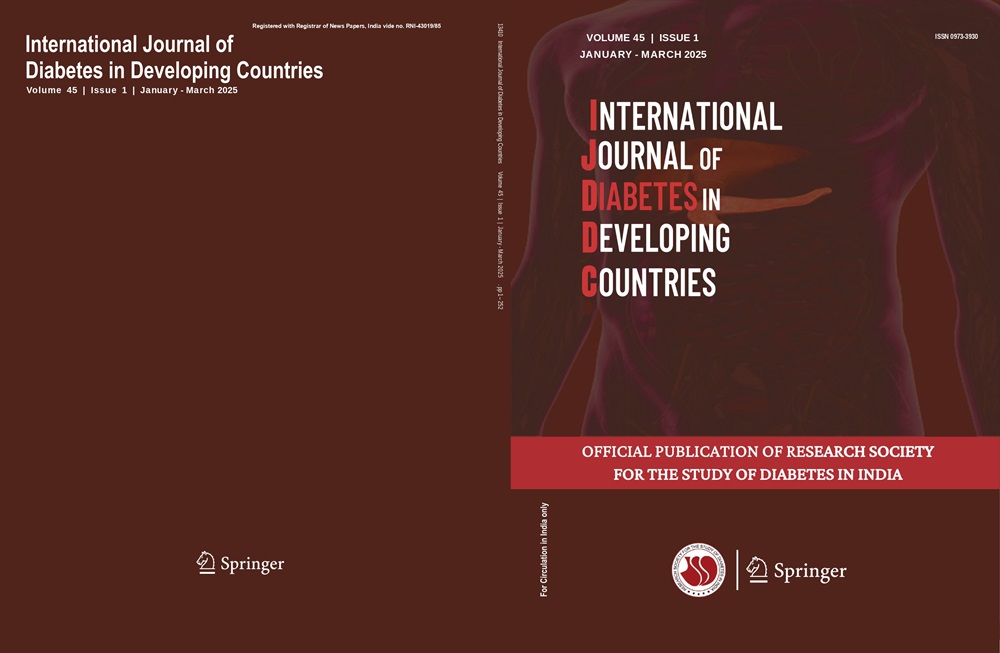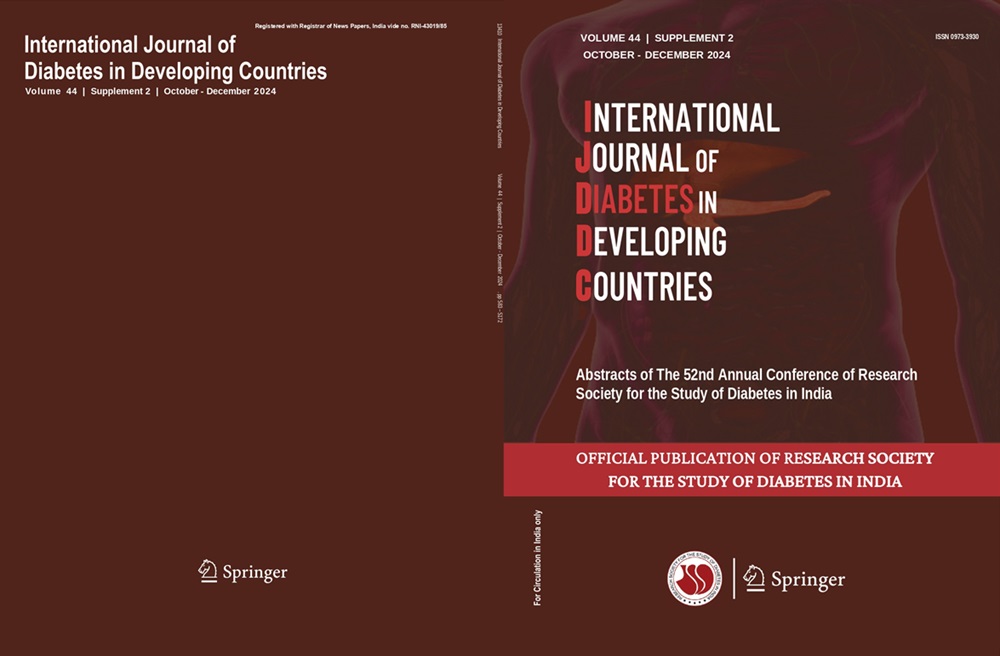Pratibha Misra, AthiraS. V., Palaniswamy R., Karthik K., Y. Vashum, Ruchira G, Sibin M. K.
Keywords
MiR-15a-5p • MiR-126-3p • MiR-192-5p • Prediabetes • Diagnostic marker
Abstract
Background Prediabetes is an intermediate condition which transits to diabetes mellitus on later stage. Identifying a non-invasive marker may help in the early detection of this stage. Role of circulatory miRNAs as biomarker was explored in various disease conditions including prediabetes. Six potential circulatory miRNAs associated most studied in prediabetes were shortlisted and their diagnostic utility was evaluated in the present study.
Materials and methods Fifty-seven subjects with prediabetes as per American Diabetes Association criteria and 57 normoglycemic healthy subjects were included in the present study. Expression levels of six miRNAs, miR-15a-5p, miR-23a-3p, miR-29a-3p, miR-30d-5p, miR-126-3p, and miR-192-5p in serum were quantified using real-time PCR. Association of their expression with biochemical parameters and diagnostic utility of miRNAs was assessed.
Results The result confirm that the selected circulating serum miRNAs were over expressed in prediabetes compared to healthy controls and the KEGG pathway analysis for the same revealed 37 high risk pathways. Furthermore, study revealed that as a single marker miR-15a-5p, miR-126-3p and miR-192-5p had a sensitivity of 67.86, 58.93 and 71.43 at 60.71, 58.93 and 66.07, respectively.
Conclusion Results of the present study concluded that miR-15a-5p, miR-126-3p, and miR-192-5p in serum might be used as reliable, minimally invasive diagnostic biomarker to discriminate prediabetes from healthy individuals in addition to existing biomarkers. Future studies with larger number of subjects are needed to establish clinical utility of this panel.




